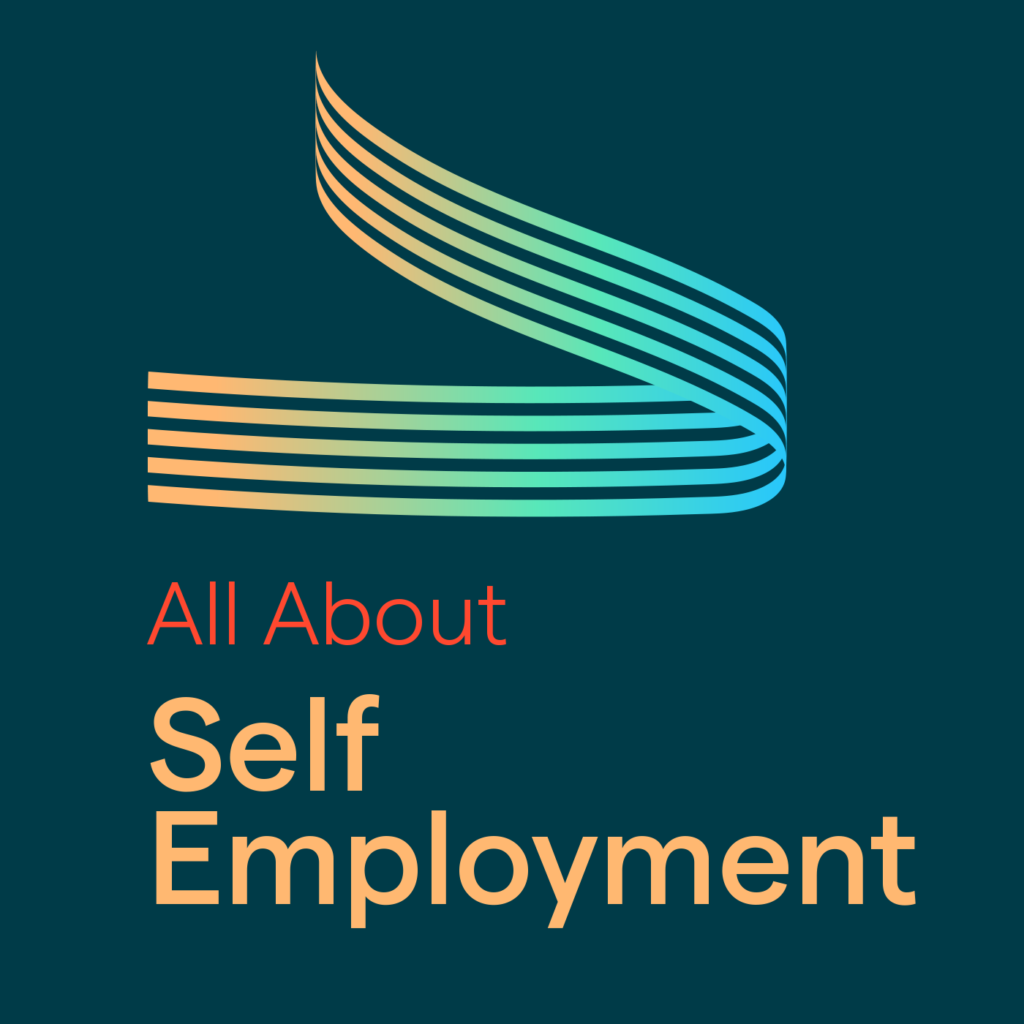Ordinarily, when a worker employed by an intermediary, such as an umbrella company, they are usually paid their wages after deductions such as pay as you earn tax (PAYE) and national insurance contributions (NIC). However, some umbrella companies offer alternative ways for workers to receive payments from them.
Some umbrellas operate schemes whereby the worker’s wages are split into two amounts, one is a small amount (e.g. national minimum wage) which is paid with appropriate deductions for PAYE and NIC. The remainder is then paid in another format which allegedly is not taxable income, such as a loan which is not intended to be repaid.
This results in the worker receiving a higher amount of net pay than if all of their income had been subject to PAYE and NICs in the ordinary way.
In effect disguised remuneration schemes hide (or disguise) a portion of workers’ wages as something else in order to reduce tax and NICs due. HMRC has stated that in their view these types of schemes do not work.
As a result, anyone that receives payments through this type of scheme risks a very large future tax bill if HMRC decides that tax, NIC and other charges become payable on your income.
Before entering into any arrangement with any umbrella company or other provider, it is important to check their details and to understand what arrangements are being offered to you.
One easy check is to ensure that 100% of your remuneration will be subject to PAYE and NICs, and there are lots of online calculators that will enable you to ensure the amount of net pay you are being quoted is correct. In addition, once you have been paid we advise that you check your tax record directly with HMRC to ensure that they have received the tax and NICs in relation to your income. It is wise not simply take the intermediary’s word for it.
Read more about umbrellas here
Being paid 100% through PAYE does mean you will take home less net pay than if you were in a scheme, but it does give peace of mind that you won’t receive a huge future tax bill.
HMRC is always working to identify disguised remuneration schemes such as these, and are consistently passing new legislation designed to tackle this form of tax avoidance.
Other examples of disguised remuneration
Loans are the most common kind of disguised remuneration scheme.
Another common form is ‘loans’ being funded by the employer in the form of an Employee Benefit Trust (EBT). The employer will contribute funds to the EBT, which will then make a discretionary loan to the employee.
Employer Financed Retirement Benefit Schemes (EFRBs) are another disguised remuneration scheme, with trusts set up to benefit employees, senior managers and executives and, in some cases, their family members, too.
An EFRB has a specific focus on pensions, and is designed to bypass regulations set out by the Pension Regulator and the Financial Conduct Authority (FCA).
EFRBs are unregulated pensions schemes that are not subject to the pensions taxation regime and avoid regulations set out by the Pensions Regulator and the Financial Conduct Authority, therefore leaving participants without the benefit of protection offered by those two bodies. As a result, EFRBs can be a much greater risk than a conventional, FCA-approved pension scheme.
Again, HMRC has labelled ERFBs as disguised remuneration schemes, and are as liable to taxation as is any other pension scheme in the UK.
HMRC and disguised remuneration schemes
As the operation of tax avoidance schemes mean that HMRC receives less revenue than it otherwise would, HMRC is always working to identify these schemes and to take steps to address this, such as the passing of new legislation designed to tackle tax avoidance.
For example, the Finance Acts 2017 introduced amendments to income tax legislation which provided for ‘loan charges’ to be imposed as taxes on ‘loans’ which remained outstanding as at April 2019 and which had been issued after 1999. Despite the intention being for the loan charges to mainly apply to schemes for loans from EBTs, the loan charge will also impact loans to beneficiaries of EFRBs.
Read more about the Loan Charge here.








